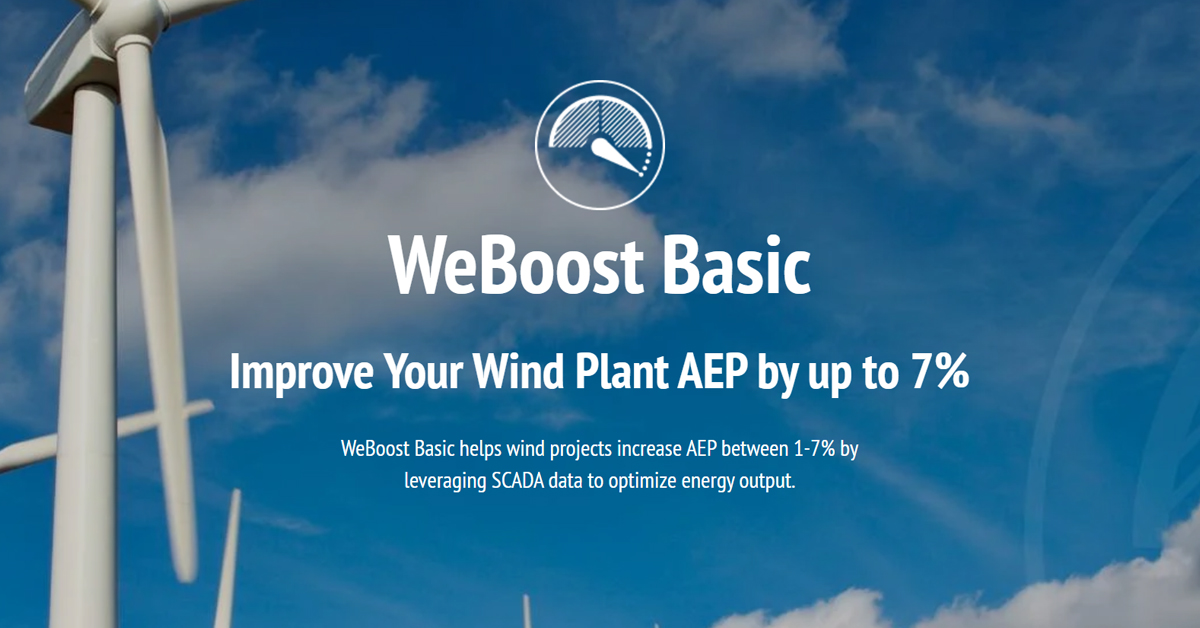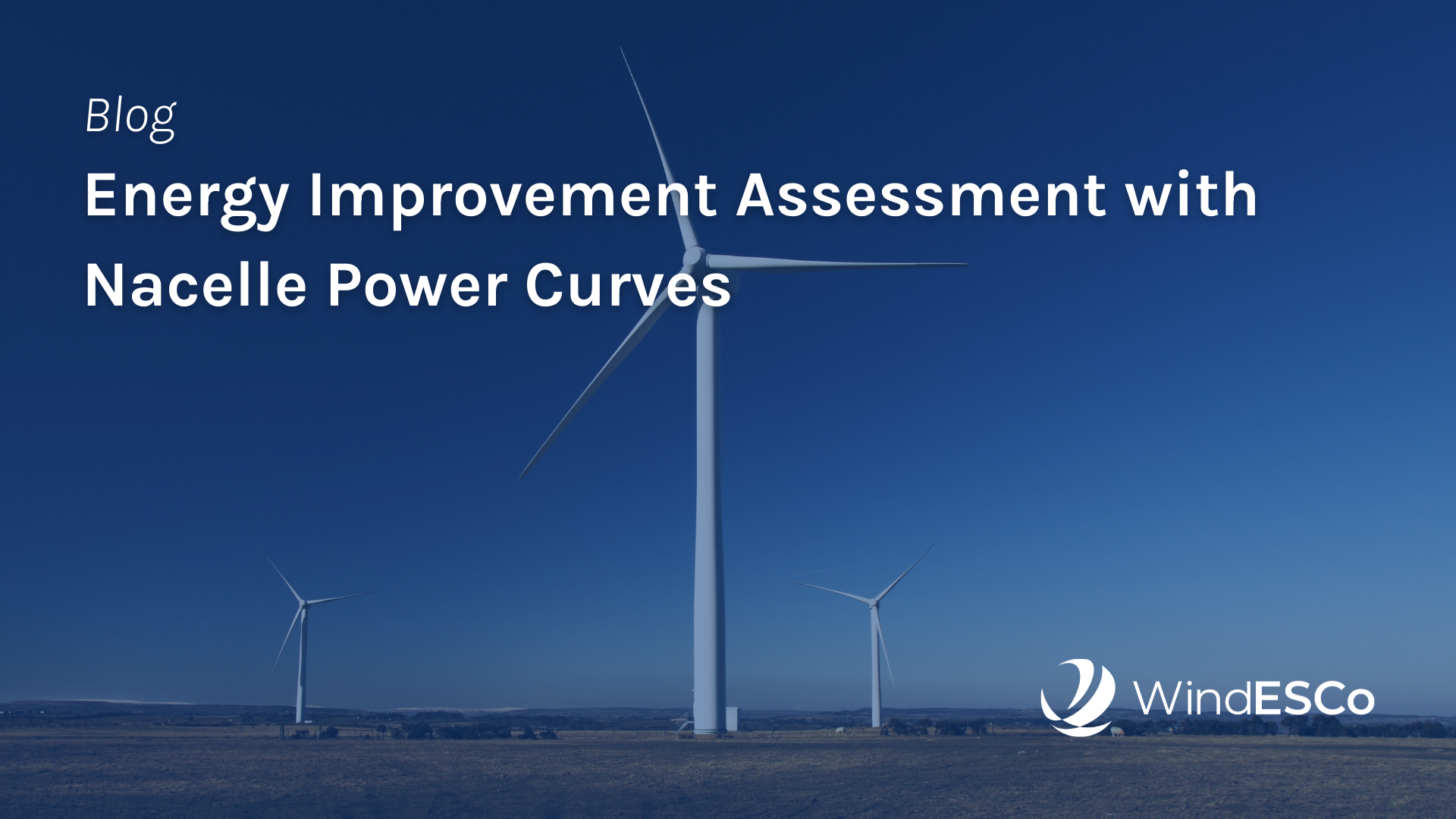WindESCo's 'Pulse': The End-to-End Solution for Performance & Asset Health
WindESCo, a leading wind energy analytics company, is excited to introduce Pulseas the latest addition to our product offering. Pulse is an AI and...
One of the most common ways of visualizing wind turbine power performance is the nacelle power curve. Or plot of power production versus wind speed measured with a nacelle anemometer. If you wanted to assess the energy improvement of a turbine upgrade, this might be the most obvious approach. Since nacelle wind speed and power data is almost always available, this method can be both cost effective and reproducible.
But is it accurate? Unfortunately, we have made the false assumption that a nacelle power curve is only affected by turbine power performance. In reality, the nacelle power curve can be distorted by many other factors.
Factors that can distort the nacelle power curve include:
1. production - power production is a function of the density of the incoming wind. This can be somewhat accounted for by correcting the wind speed based on temperature and/or humidity and using this corrected wind speed as the independent variable. However, performance is affected by other atmospheric conditions like turbulence, which may not be the same in our baseline and optimized periods and is not captured by the simple average of windspeed used for the nacelle power curve.
2. nacelle anemometer - since it is typically behind the rotor, the flow is slower there than in the free stream due to the momentum extracted by the turbine. Commonly, an attempt is made to correct for this slowing of the flow by deriving what is called a nacelle transfer function. However, this nacelle transfer function cannot be assumed valid after an upgrade that changes the turbine power performance because the turbine thrust coefficient, which quantifies momentum extraction, can also change. Lastly, the nacelle anemometer only measures the wind speed at a single point, whereas the rotor extracts power from the wind over its entire projected area.
3. Any changes in wind speed or direction across the rotor cannot be captured at the nacelle anemometer. So, if these wind conditions are different in the baseline at optimized periods, the nacelle power curves are not comparable.
these deficiencies make nacelle power curves inaccurate for assessing power or energy production changes from wind turbine upgrades.
.png)
WindESCo, a leading wind energy analytics company, is excited to introduce Pulseas the latest addition to our product offering. Pulse is an AI and...

WindESCo is proud to announce their new portfolio optimization deal with UPC Sidrap in Indonesia, NorthWind Power and North Luzon Renewables both...

1 min read
WindESCo announced that DNV-GL has issued a Statement of Approval for their proprietary method used to quantify increase in power output from their...
